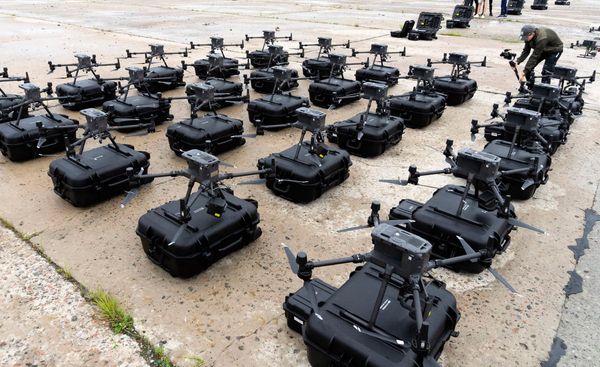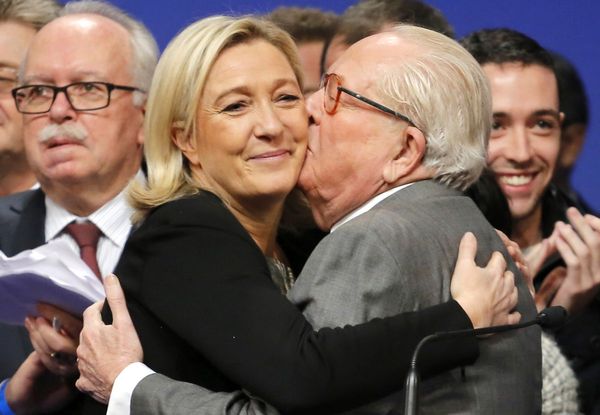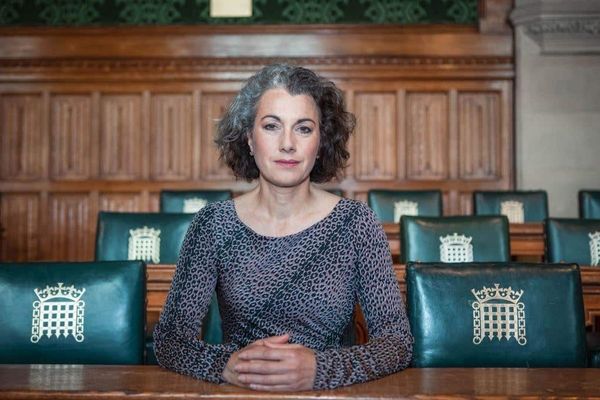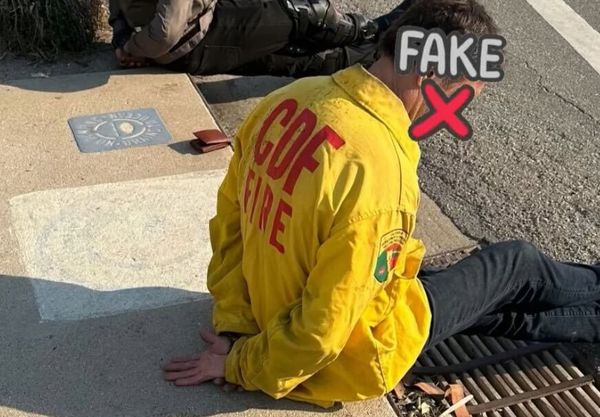
On Nov. 9, only five months before the next presidential elections, Peru was left without a leader. Martín Vizcarra, president since March 2018, was removed by Congress on still-unproven corruption charges. Protests in the streets against this measure and against Manuel Merino, the new acting president, led Merino to resign less than a week after taking office, along with all his ministers. Francisco Sagasti, the current president, has brought calm—but probably only for the moment. In a country riven by deep crises, from COVID-19 to economic devastation, the instability at the top is putting everything in danger.
The current instability in Peru began in 2016, when Pedro Pablo Kuczynski won the presidency of the country by defeating Keiko Fujimori, daughter of former President Alberto Fujimori—sentenced to 25 years in prison in 2007 for corruption and serious crimes against humanity—by a razor-thin margin.
“Since 2016, there has a situation of permanent tension between the main powers of the State, the power of the legislative congress and the executive branch,” says Juan Antonio Trelles, an expert in government and public policy and consultant to the International and Ibero-American Foundation for Administration and Public Policy. “After Kuczynski’s movement won by just around 40,000 votes, the opposition party, the Fujimorista, became a kind of political steamroller of all Kuczynski’s proposals. The tension between these two powers of the State reached its peak with Vizcarra’s impeachment.”
Impeachment became a tool wielded against presidents. When Kuczynski resigned in March 2018, he was already accused of multiple charges of corruption—and had survived a failed impeachment attempt the previous December. After his resignation, Vizcarra, then vice president, who took over the presidential office.
Even before Vizcarra was removed from office, he also had problems with Congress, dissolving it on Sep. 30, 2019, over a clash concerning the election of positions for the Constitutional Court. In September 2020, he faced his first impeachment attempt, this time with newly elected congressmen, but they did not reach enough votes to remove him from office.
This time history repeated itself, but with a different result. Vizcarra’s impeachment came after an investigation into the president’s alleged receipt of bribes in exchange for public works contracts between 2013 and 2014, when he was governor of Moquegua, in the south of the country. For many experts, and much of the public, this was an unconstitutional removal.
“Vizcarra was in government for two years, and Congress tried to remove him once without success. This second time they succeeded and the president of Congress at that time, Merino, entered and took over the government,” says Iris Jave, researcher and coordinator of the Institute of Democracy and Human Rights of the Pontificia Universidad Católica de Perú, who describes the move as an effective coup.
Thousands of people agreed, taking to the streets just hours after the dismissal was announced, organizing coordinated marches and protests that lasted almost a week. These protests, which were intended to show their rejection of Merino, faced strong police repression, which resulted in the death of two students and more than 94 injured and 42 disappeared, most of whom were found days after the protests. News of the deaths, almost a week after Merino’s ascension to power, was the main reason for the resignation of the president and all his ministers.
“Merino had no legitimacy in the streets. There was a sector of the population, especially the youth, who came out to protest this decision of the Congress to remove the president. Martín Vizcarra was a president who was very popular, and although he faced corruption accusations, these were unproven. The Congress, which was already discredited, was accused of generating a coup,” says José Manuel Villalobos Campana, lawyer for the Peruvian Institute of Electoral Law, Democracy, and Public Management (IPDE). Villalobos says the young people who took to the streets may play a critical role in the upcoming elections, especially with Vizcarra running for Congress with the Partido Democrático Somos Perú (PDSP), the party better known as Somos Perú (We Are Peru), founded just over two decades ago.
But not all experts agree that the removal of Vizcarra, and the subsequent entry of Merino into the presidency, was unconstitutional. “To be sure, on the strictly constitutional plane the Congress applied what the constitution indicates, that is, that here there has not been a coup d’etat, it was a legal succession,” says Villalobos.
Trelles agrees. “There was a lot of consensus at the technical level that Merino’s entry was legal, that is, that he complied with all the standards of the norms,” he says. “He was a deputy and has been democratically elected. On this occasion, a motion of impeachment to remove the president was voted on, succeeded, and he was removed. From that point of view, Merino has legal backing. The problem is one of legitimacy.”
That legitimacy question leaks down into the country’s ability to handle crisis. Every Peruvian president for the past three decades has been prosecuted, arrested, or accused of corruption. The malaise at the top has wrecked national governance.
“If there are changes of ministers in the executive branch, then the policies that the executive branch was carrying out until then stop and go in another direction, some programs stop completely, or there are very big delays,” explains Jave. “There is also a kind of inhibition by officials working in the executive branch when it comes to making some decisions, because the government can change at any time, and they also fear being accused of corruption.”
That was one factor in the government’s failure to cope with COVID-19, leading to one of the highest death rates in a hard-hit Latin America. But after the pandemic devastated the country, it seems finally to have been contained. “The government’s approach, with great economic destruction, was a hospital-based approach. That led to the neglect of the primary community level, which is the level at which epidemics or plagues are historically controlled,” explains Ciro Maguiña, a physician specializing in infectious diseases and vice dean of the Peruvian Medical Association.
But the arrival of Pilar Mazzetti, a doctor who took command of the anti-pandemic efforts during Vizcarra’s presidency, brought much needed leadership. Mazzetti resigned under Merino but has now been bought back to lead the health ministry. Her skill and leadership, experts hope, will carry the country through the second wave despite the lack of guidance from the top.
“Health workers have their lives, knowing that there was a lack of equipment, a lack of oxygen. There we were, on the front lines. We sent planes with our resources, small planes, air transport was done by us when the minister at that time abandoned us,” says Maguiña. “And let’s hope that we will never see again, in the streets of the Amazon, the lungs of the world, people begging for oxygen.”







